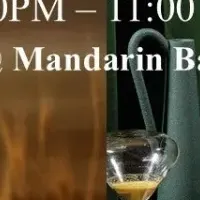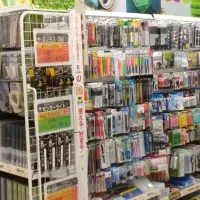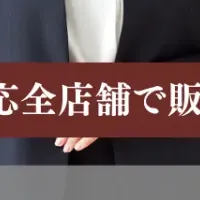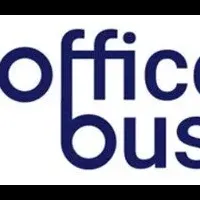
OEM Insulation Market Expected to Reach $24.80 Billion by 2030 Driven by Energy Demand
Overview of the OEM Insulation Market
The OEM insulation market is on a trajectory of significant growth, anticipated to rise from USD 17.99 billion in 2024 to an impressive USD 24.80 billion by 2030. This expansion reflects a compound annual growth rate (CAGR) of 5.5%. The primary drivers behind this upward trend include
1. Rising Energy Demands: Growing energy needs in emerging economies have prompted a surge in demand for insulating materials to improve energy conservation.
2. Regulatory Changes: Governments are imposing stringent regulations that require the adoption of insulation materials aimed at energy conservation, particularly in HVAC and construction sectors.
Material Segmentation
The OEM insulation market is segmented based on material types:
- - Polyurethane Foam (PUF): Estimated to dominate in 2023, PUF is recognized for its thermal insulation properties and flexibility. Its lightweight nature allows it to be utilized across various sectors, from automotive to construction.
- - Other Materials: This includes mineral wool and flexible elastomeric foam, which are also gaining popularity but do not match the revenue share of PUF.
PUF not only enhances energy efficiency but also minimizes heat transfer, playing a crucial role in heating and cooling applications within vehicles, thus aiding in noise control and passenger comfort.
Key Applications
The OEM insulation market finds applications primarily in two areas: transportation and construction.
- - Transportation: This segment is projected to grow the fastest, driven by the demand for energy-efficient and lightweight vehicles. Electric vehicles (EVs) specifically require advanced insulation solutions for better thermal management, which directly influences battery safety and performance.
- - Construction: As urbanization accelerates, construction practices are expected to increasingly rely on innovative insulation technologies to meet new energy performance standards.
Regional Insights
Europe currently leads the global OEM insulation market, attributed to robust regulatory frameworks and an industrial base focused on environmental sustainability. The EU Green Deal and other initiatives have spurred demand for advanced insulation materials across several industries, including automotive, aerospace, and HVAC. This region is experiencing a shift towards energy-efficient insulation solutions to meet rigorous energy standards and reduce carbon footprints.
Conversely, emerging markets in Asia Pacific are also expected to fuel growth for OEM insulation manufacturers through rapid urban infrastructure development and enhanced public transportation networks.
Major Players
The competitive landscape features several leading companies such as:
- - Covestro AG (Germany)
- - Owens Corning (USA)
- - Rockwool International A/S (Denmark)
- - Saint-Gobain ISOVER (France)
These companies are continually innovating to enhance product offerings and capture a greater share of the booming insulation market.
Conclusion
In summary, the OEM insulation market is poised for substantial growth as energy conservation becomes a priority amidst evolving global regulations. Players in the sector who can leverage innovative materials and comply with environmental standards are likely to thrive in this expanding landscape. The interplay of regulatory, technological, and commercial factors will fundamentally shape the future of the OEM insulation sector, setting the stage for a more sustainable future.
Topics Consumer Products & Retail)










【About Using Articles】
You can freely use the title and article content by linking to the page where the article is posted.
※ Images cannot be used.
【About Links】
Links are free to use.